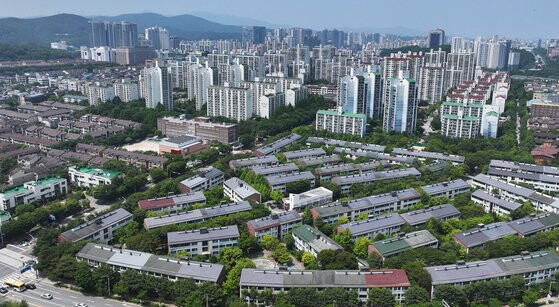
Seoul, South Korea – The South Korean government has approved the redevelopment of 13 districts within the country's first new towns, marking a significant step in revitalizing aging urban areas. The Ministry of Land, Infrastructure and Transport, along with Gyeonggi Province and the cities of Goyang, Seongnam, Bucheon, Anyang, and Gunpo, announced the selection of these districts as "pilot redevelopment zones" on November 27th.
The 13 selected districts, spanning across the new towns of Bundang, Ilsan, Pyeongchon, Jungdong, and Sanbon, encompass approximately 36,000 housing units. To ensure a comprehensive approach, an additional 14,000 units in two other districts will also receive support similar to the pilot zones.
To facilitate a smooth redevelopment process, the government has introduced various support measures. These include:
Educational collaboration: The Ministry of Land, Infrastructure and Transport, the Ministry of Education, and the Gyeonggi Provincial Office of Education have signed a memorandum of understanding to address school-related issues during the redevelopment process.
Financial support: A 12 trillion won Future City Fund will be established to provide initial funding for redevelopment projects starting in 2026. Additionally, a special guarantee program will be implemented to expedite the provision of funds.
Streamlined procedures: The government plans to pilot a new electronic consent system to simplify the approval process for redevelopment projects.
Comprehensive support: The government will provide support for infrastructure development, relocation plans, and public transportation improvements.
The government will also develop a phased redevelopment plan, with the specific timeline for each district to be determined in the first half of 2025. This will allow for a more orderly and efficient redevelopment process.
By implementing these measures, the South Korean government aims to revitalize aging urban areas, improve the quality of life for residents, and enhance the overall urban landscape.
[Copyright (c) Global Economic Times. All Rights Reserved.]






























